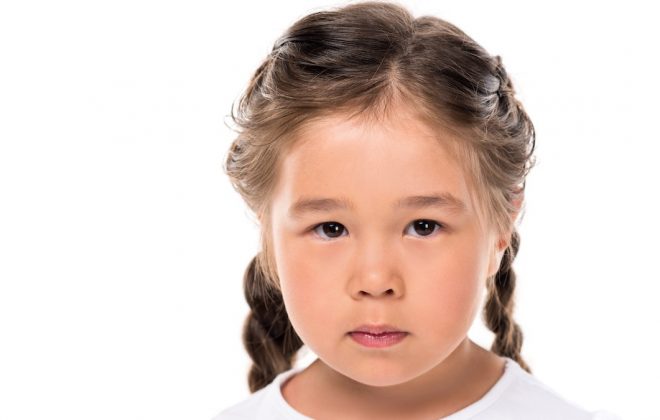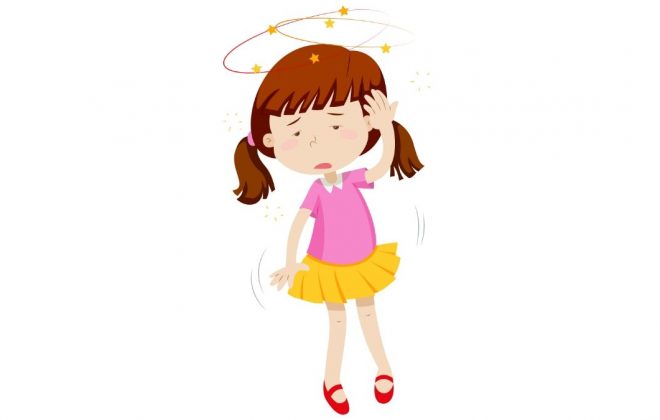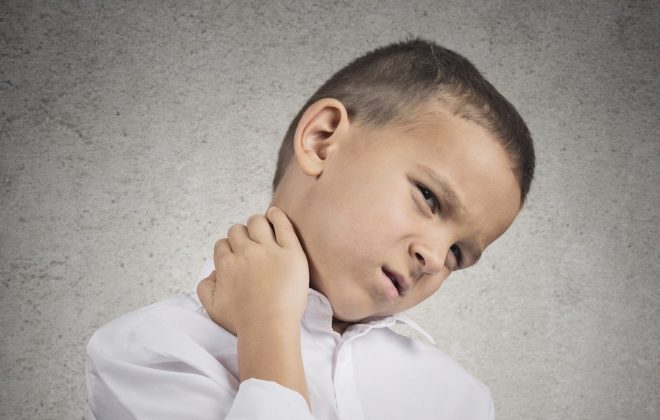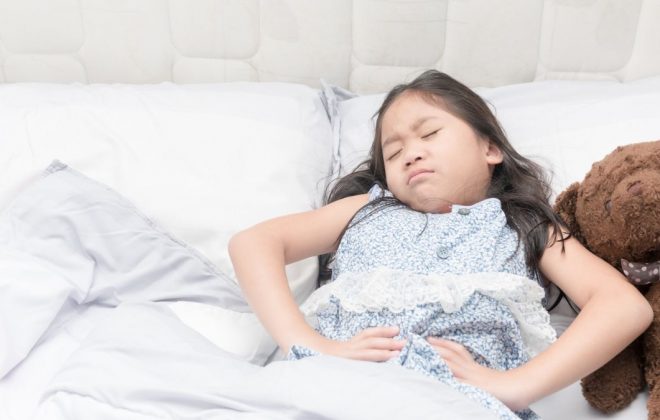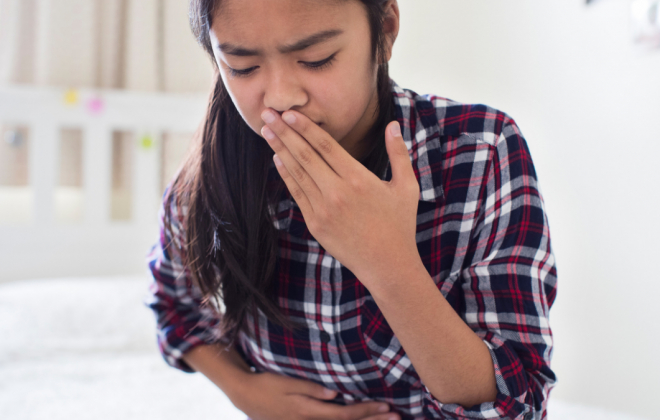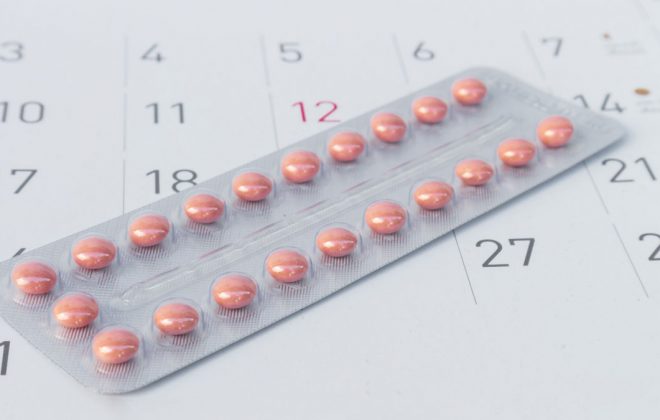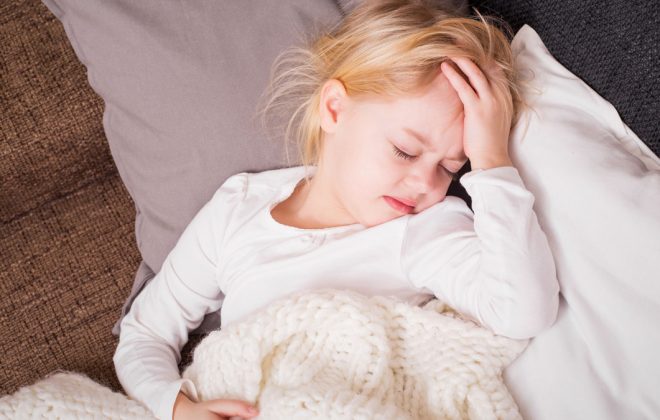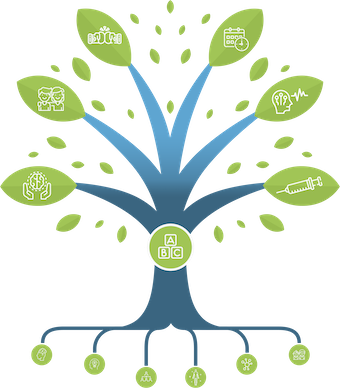Alternating hemiplegia of childhood
What is alternating hemiplegia of childhood? Alternating hemiplegia of childhood (AHC) is a rare condition with repeated bouts of weakness or paralysis that may affect one side of the body or the other or both sides of the body at once lasting for minutes to…
Benign Paroxysmal Vertigo
What is benign paroxysmal vertigo? Benign paroxysmal vertigo (BPV) typically starts between ages 2 and 5. Children with BPT present with repeated attacks of a spinning sensation (vertigo) or dizziness. Parents may observe unsteadiness as young children are unable to describe how they feel. A…
Infant colic and migraine
What is infant colic? Infant colic is excessive crying in an otherwise healthy and well fed infant. It affects 5-19% of babies. Colicky crying usually peaks around 6 weeks of life and disappears by 3-4 months of age. More recent evidence shows that children with…
Benign Paroxysmal Torticollis
What is benign paroxysmal torticollis? Benign paroxysmal torticollis (BPT) begins during infancy and early childhood. Children with BPT presents with repeated attacks of head tilting (torticollis) with side switching between attacks. The attacks tend to occur with a certain predictable pattern (ex. monthly). This condition…
Abdominal Migraine
What is abdominal migraine? Abdominal migraine is a type of childhood migraine variant which usually begins in school-aged children 4-7 years of age (See this post). It is described as recurrent bouts of moderate to severe “tummy” pain. The majority of patients report a family…
Cyclic Vomiting Syndrome
What is cyclic vomiting syndrome? Cyclic vomiting syndrome is an episodic syndrome that may be associated with migraine (See this post). Patients present with stereotyped and repeated attacks of intense nausea and vomiting, which often occur with predictable and cyclical timing. Other symptoms include abdominal…
Women, hormones and migraine: an overview
Research has shown that women are 3 times more likely to have migraines than men. This is because hormones are linked to migraines. What are the links between hormones and migraines? There have been lots of medical research regarding hormones and their effect on migraines….
Should I have my uterus removed to treat migraine
What are the functions of the uterus, fallopian tubes and ovaries? The uterus, fallopian tubes and ovaries are reproductive organs: they are required to have a baby. The ovaries produce hormones such as estrogen and progesterone. The ovaries also produce the egg. The fallopian tubes…
Pregnancy and Migraine
** Pregnancy is a sensitive situation in medicine. Please discuss any question with your health care provider before making health decisions. Migraine commonly occurs during a women’s reproductive years. Treating migraine during pregnancy can be challenging as the migraine pattern may change, and most importantly…
What is menstrual migraine?
Menstrual migraines are headaches that are associated with your period (menstrual cycle). During a specific time of your period, hormone levels such as estrogen drops which can trigger migraine headaches. What is the medical definition of menstrual migraine? If you are experiencing more painful headaches…
Menopause and Migraine
What is menopause? This is the time in a woman’s life where her periods stop as the levels of hormones including estrogen and progesterone goes down. Menopause typically occurs between the age of 45-55. On average, the age of menopause is 51 years. You may…
Contraception and Migraine
Women have 3 times higher risk of having migraine than men. Reasons for this include hormonal fluctuations and genetic factors. Migraine may be a lifetime disorder especially for women and can be troublesome during their reproductive years (i.e. start of menses to menopause). During these…
Early life expressions of migraine
Which early life conditions may be related to migraine? There are a few conditions named «episodic syndromes that may be associated with migraine». These were previously called «childhood migraine equivalents» because they are associated with migraine in adulthood and share common points with migraine. In…
Categories
THE MIGRAINE TREE
- BRANCHES
- ACUTE TREATMENTS
- DEVICES AND NEUROMULATIOIN
- PREVENTIVE TREATMENTS
- PROCEDURES AND INJECTIONS
- SELF-CARE AND LIFESTYLE
- SOCIAL LIFE
- TRUNK
- ROOTS
OTHER CATEGORIES


